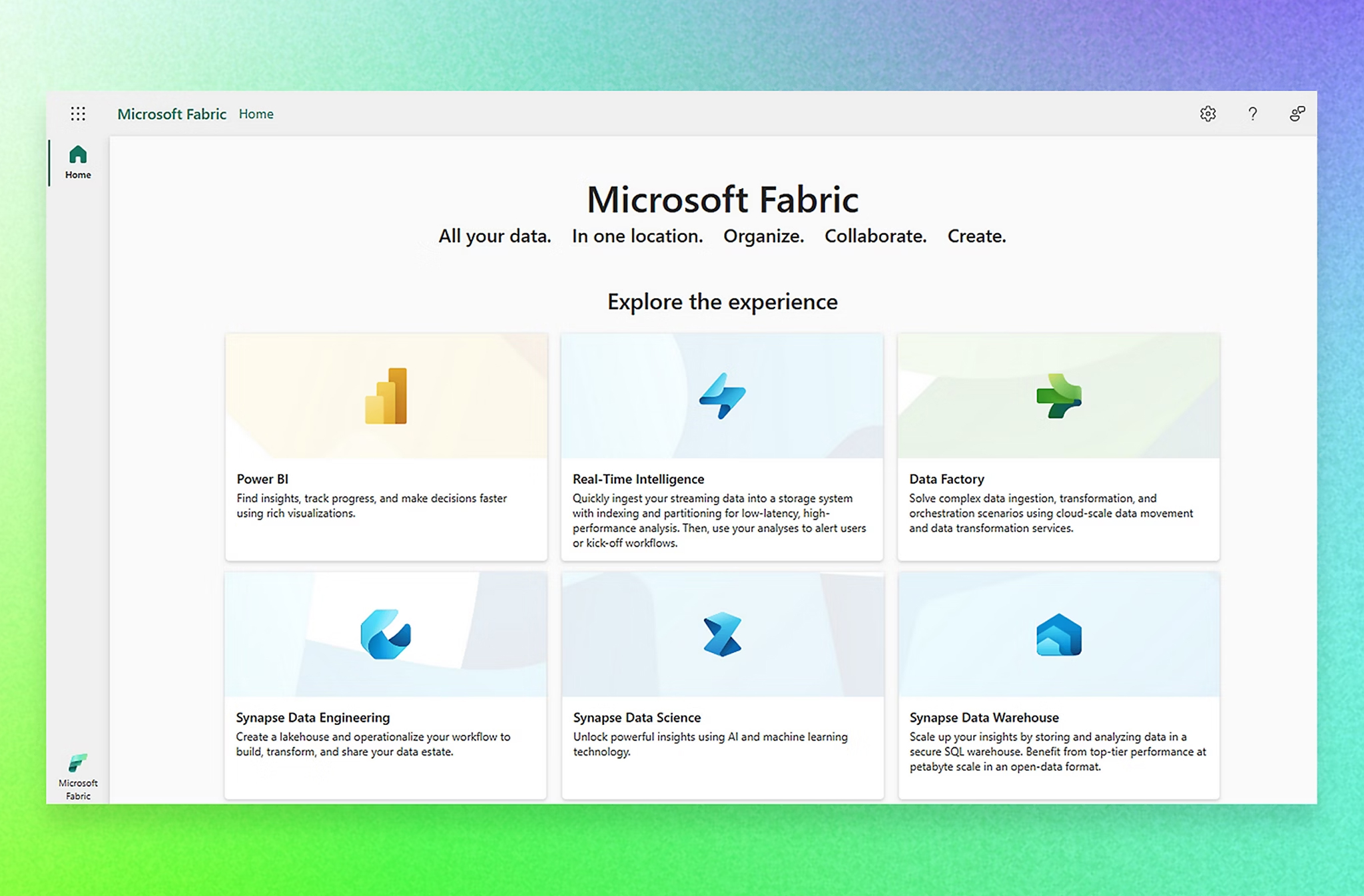
What can we take from
Digital Services delivery
and apply to AI services delivery?
If you’re working in one of the many organisations struggling to be more data and AI led, or one that is staying firmly in the low risk safety zone of building 100+ AI prototypes, you’re not alone.
At least that’s the feedback I got in response to my recent blog why we aren’t seeing more take up in AI use in digital services.
The feedback fascinates me and my response is simple… the shift to the use of AI at scale is not as big a leap as it might be if strong digital foundations are in place. You see, AI is a similar set of tools and technologies already used in digital, it’s just different (and sometimes better).
AI is a similar set of tools and technologies already used in digital, it’s just different (and sometimes better).
AI tooling is focussed on ‘doing’ verbs which enable us to deliver a Service faster or to a better standard e.g. ‘read’, ‘see’, ‘listen’, ‘write’…
Professor of Digital Economy at the University of Exeter, Alan Brown, said in his recent excellent blog, “The “magic” of AI is largely a product of sophisticated software design and implementation’”.
I agree but would add ‘sophisticated service and software design’.
The public sector has a huge advantage as it’s spent the past 10+ years truly understanding it’s digital services and users. This will make the path so much easier when we invest in data and AI.
- In 2010, the Government Cloud Strategy (co-authored by my colleague James Herbert) had the foresight to start moving the government estate to the cloud, which is a key enabler for data and AI services.
- The creation of the Service Standard ensured a focus on users and building digital in the right way, and government has maintained a huge level of skill and knowledge around service design.
MOVING FROM THE STRATEGIC TO THE TACTICAL
Here’s three learnings from digital projects that we can apply to the data and AI era:
Continue to understand the service and the user
This should really be 2 points, but stay with me…
Understanding the service is critical. Be it paper, digital or using AI, one of the most important things is understanding the truths of the service.
What does it do? What does it not do? Where are its edges? Where are its “grey areas”? These grey areas tend to be the undocumented actions which live in people’s heads; such as what to do when an edge case comes in, how to process something with additional complexity… the things which aren’t the norm.
Digital made us tackle some of these issues, but also gave us routes to work around them. AI is less forgiving because it needs to know everything but we do already have the majority of the things we need to know. It’s a fair bet that behind 90% of government digital services, is a well-designed service map (probably in Miro…), we already have this understanding, it’s just about finding and filling the gaps.
Digital hasn’t fixed all of the user pains, which is where AI comes into its own. AI tooling is focussed on ‘doing’ verbs which enable us to deliver a service faster or to a better standard e.g. ‘read’, ‘see’, ‘listen’, ‘write’… If you can identify what parts of the user experience is causing pain, we can use AI to solve it.
Back to my point above, given the progress of the last decade, the majority of these pain points live in the ‘assess’ phase (Why does my the process take so long? Have you received all my documents? Are there any problems or blockers? etc) AI can help the human responsible for the assessment stage by seeing, reading, writing and listening but at a higher quality and ultimately, faster.
It’s essential that we have very clear design of our services, and understanding of every eventuality and outcome, so that we can benefit the most from training AI models. Our service examples are the data, the learning, to feed to the AI tool, which is the pupil, we must be clear about our services to be able to do that effectively. I believe the public sector already has a lot of this, it’s merely a case of connecting the dots.
Multi-Disciplinary Teams
Public Sector digital has been running multidisciplinary delivery teams for over a decade now, they have (thankfully) become the norm. Our CTO Stuart Arthur reminded me of an excellent point recently though – data and AI currently appear to be silos sat outside of delivery teams and it’s time to bring them together.
In early digital delivery, Quality Assurance (QA) was a role which often sat outside of core delivery as it was seen as an independent function. 1000+ buggy deployments later, QA became a core role within a team – we need to see the same happen with data and AI.
Data skills within a team helps architect how and what the AI tool needs; understanding the service informs the data pipelines build, which teach the AI and help monitor the quality of the results.
AI skills need to be in the team to identify the opportunities and impact or cost AI tooling bring.
These skills need to be brought into and made integral to the service delivery teams, to bring their perspective to a fully fledged multi-disciplinary team.
Iterative Process
Our CTO, Stuart Arthur also wrote an excellent piece about the future of Agile, so I’m not attempting to retread that, other than to agree that new thinking is needed. What should remain the same though, is the iterative process.
There are a range of ways to describe what is effectively a continuous testing and learning approach. This becomes critical as we move into an AI world.
Nobody is totally sure of the impact AI will have on a service or an organisation, so we must trust, test and discover – these are more than experiments as they need to evolve into a scalable solution.
There needs to be the same structure, governance and empowerment of teams to change a service, learn, change it back if needed or make a change permanent.
Digital pioneered these skills; rapid iteration and changes to learn, AI will accelerate but we mustn’t let fear (or perfection) hold us back from safe and ethical roll out.
We learnt this in digital – releasing something for users, and either improving or rolling back is the key. We must continue to do this, and we must be bold enough to do this in some of our services, safely and ethically.
The UK public sector is arguably in the best position of any sector anywhere in the world to become a leader in AI. We already have most of the understanding and the skills required, the leap is not that big however the rewards certainly are.






